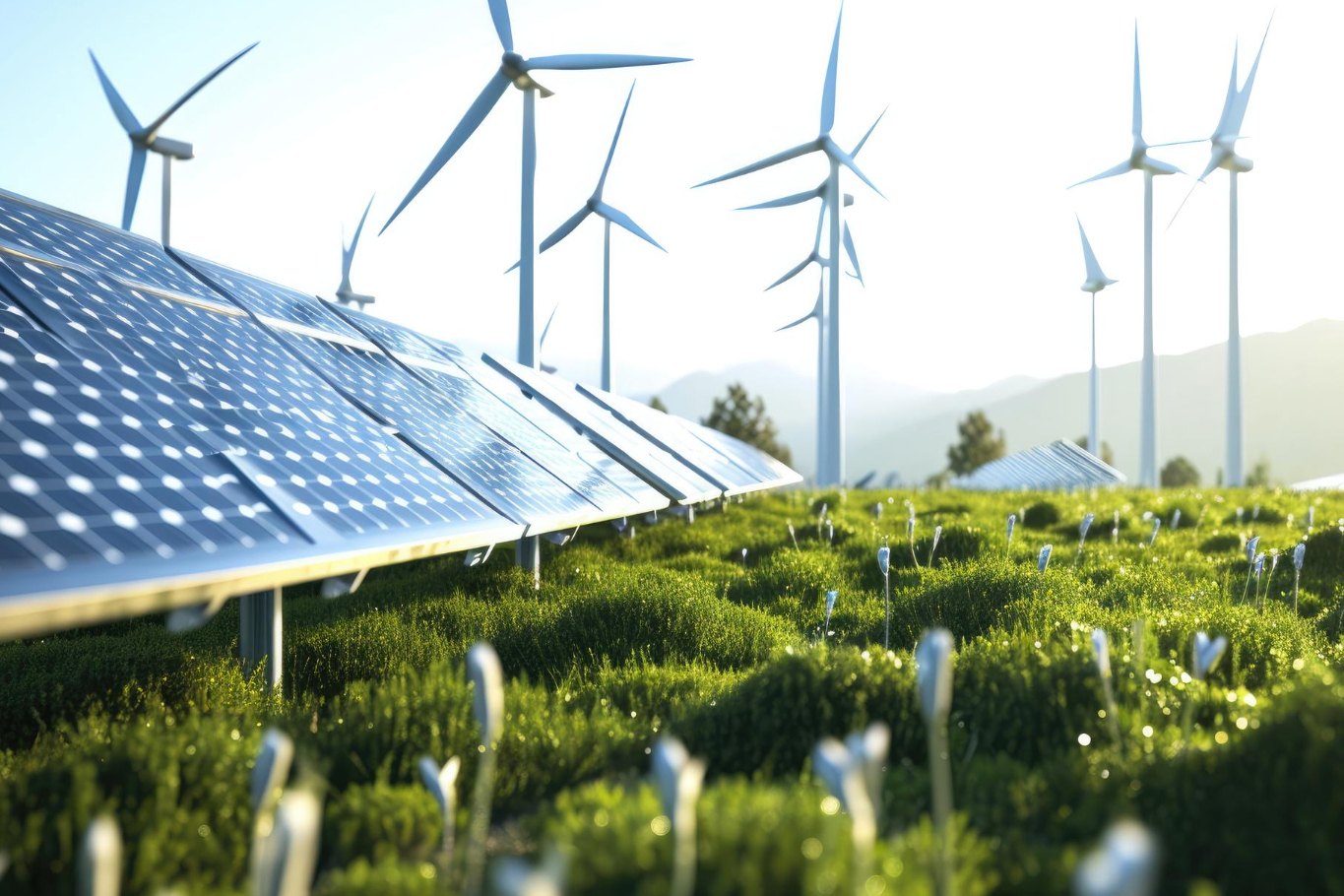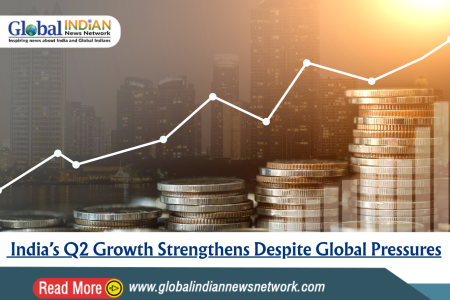
India’s renewable energy sector has seen dramatic expansion, with capacity increasing by 165% over the past decade. Union Minister Pralhad Joshi reported that installed capacity surged from 76.38 GW in 2014 to 203.1 GW in 2024. During a Rajya Sabha discussion on the Ministry of New and Renewable Energy’s budget, Joshi announced that India has climbed to fourth place globally in renewable energy capacity, achieving notable advancements in both solar and wind power.
Joshi emphasized the country’s success, citing that India ranks fourth globally in wind power and fifth in solar photovoltaic capacity. The total non-fossil fuel capacity now exceeds 200 GW for the first time, including 85.47 GW from solar, 46.93 GW from large hydro, 46.66 GW from wind, 10.95 GW from biopower, and 5.00 GW from small hydro. Solar capacity has grown nearly 30-fold, from 2.82 GW in March 2014 to 85.47 GW by June 2024.
Renewable energy is central to India’s growth strategy. Joshi highlighted the government’s commitment to increasing non-fossil fuel capacity to 500 GW by 2030, as pledged by Prime Minister Narendra Modi at COP26. The budget for the Ministry of Renewable Energy has nearly doubled this year, rising from $1.19 billion (Rs. 10,000 crore) to over $2.38 billion (Rs. 20,000 crore).
The share of thermal power in India’s total installed capacity has decreased from 67.69% in 2013-14 to 54.46% in 2024-25, while non-fossil fuel sources have increased from 32.30% to 45.54%. Renewable energy generation has also grown significantly, from 193.50 billion units (BU) in 2013-14 to 359.89 BU in 2023-24, an 86% rise. Solar power tariffs have dropped sharply, from $0.13 (Rs. 10.95) per unit in 2010-11 to $0.031 (Rs. 2.60) in 2023-24.












